Guardian architecture and design critic Oliver Wainwright explains seven highlights from his newly published book Inside North Korea into Dezeen.
The 200 photographs in the publication, which are available to buy, document the strange and vibrant architecture of the nation and its capital Pyongyang.
Entirely rebuilt after the end of the Korean War in 1953, the town is the expansive vision of the nation’s first leader, Kim Il Sung, and comprises several impressive buildings.
Below Wainwright explains a few of the most interesting he photographed to Dezeen.

Among three big theatres in the funding, the East Pyongyang Grand Theatre was constructed in 1989 as an interlocking composition of two buildings, one semicircular, one-sided, containing a 3,500-seat auditorium along with heaps of rehearsal rooms.
A renovation in 2007 watched the lobby fitted with plaster moldings, highly polished stone tiles and a massive relief mural on the walls, while the theatre was decorated with scalloped peach-colored walls, purple-upholstered chairs along with a bright-blue vinyl floor, in-keeping together with the overriding aesthetic of complementary color schemes.
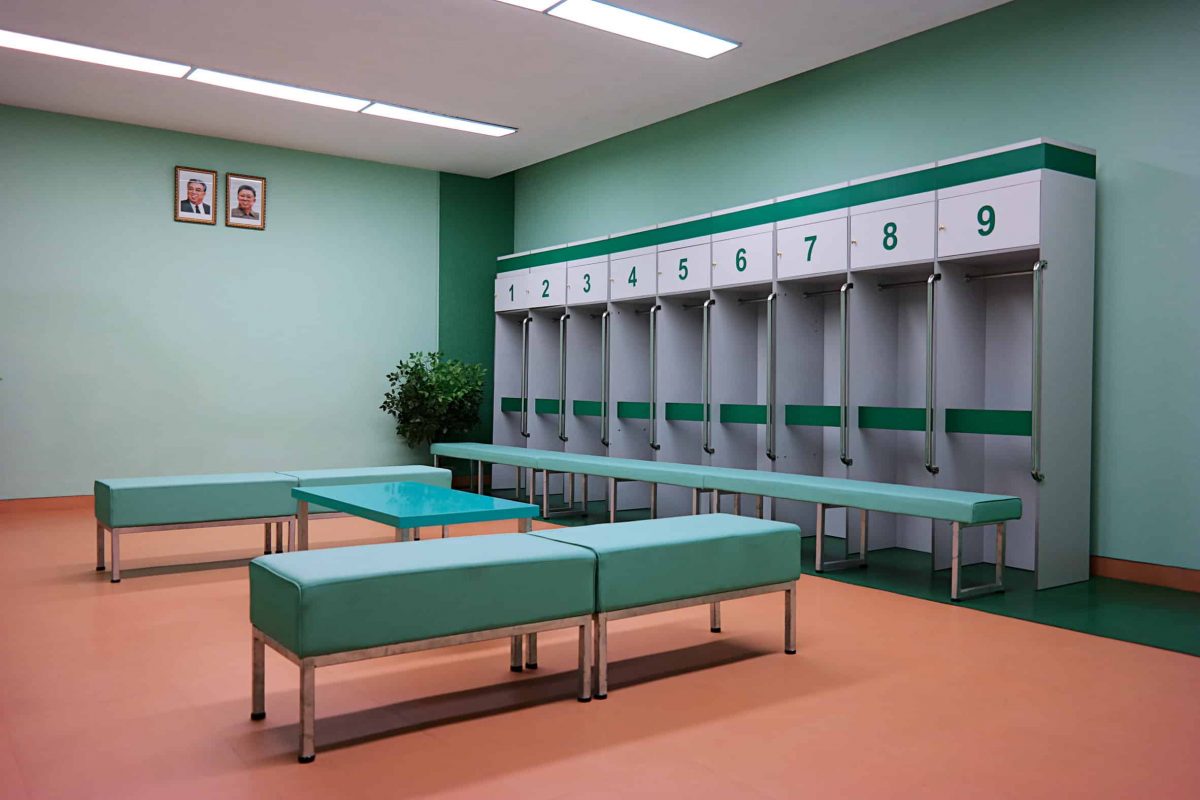
Constructed for the 1989 World Festival of Youth and Students (a kind of communist Olympic Games), the May Day Stadium was developed to resemble the unfurling petals of a magnolia blossom or a parachute which has just settled on the floor. It is said to be the largest stadium in the world, using the ability for 114,000 people.
It had been utilized for the Mass Games gymnastic performances for years and reopened in 2015 after a yearlong renovation, that saw a new soccer pitch and running track installed, along with ancillary rooms for both coaching and press conferences — together with the explicit inclusion of the FIFA and Olympic logos.
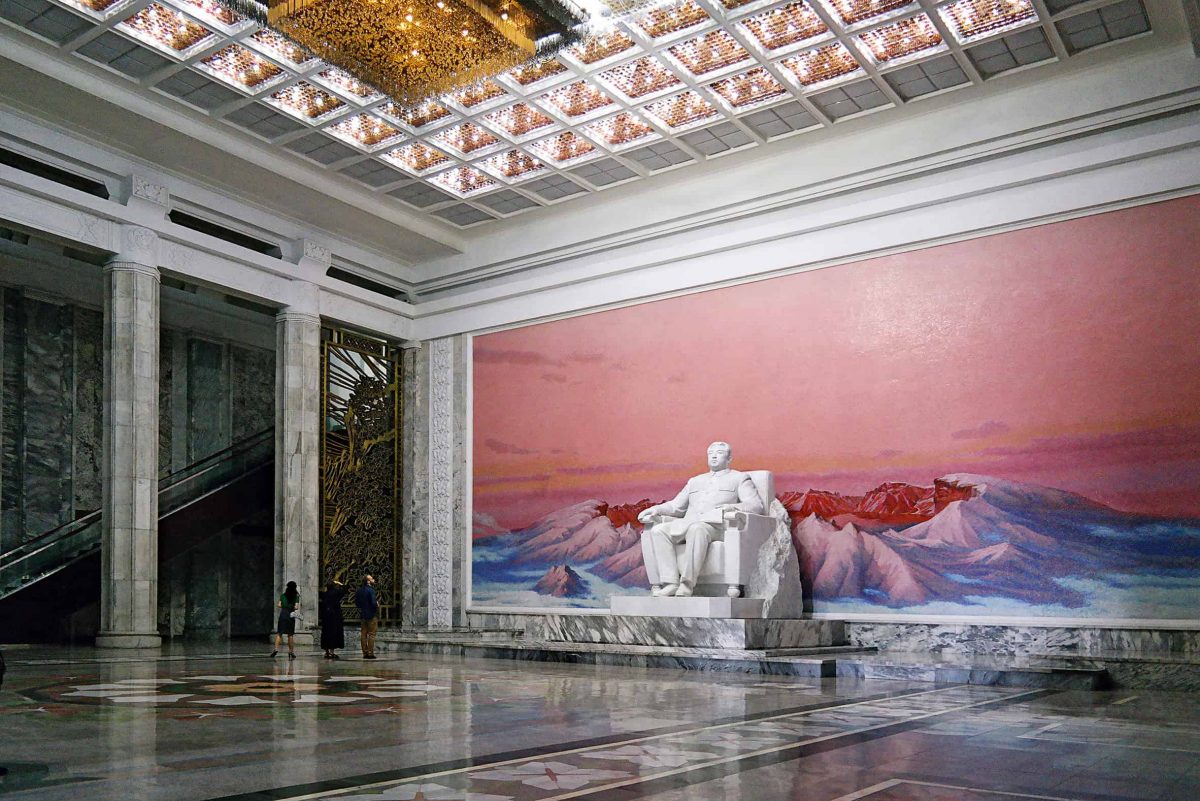
A part of the country’s founding president, Kim Il Sung, welcomes visitors in the Grand People’s Study House, built in 1982 as the central library of Pyongyang.
Planned since the impressive centerpiece of town, fronting to the expansive Kim Il Sung Square, the building was created to replicate traditional Korean molds, with green-tiled”giwa” rooftops and octagonal stone columns, recalling the columns of temples.
Its 600 rooms have the potential for 30 million books and around 12,000 visitors each day. The statue sits before a mosaic of Mount Paektu, the sacred volcano where Kim Jong Il is believed to have been born.
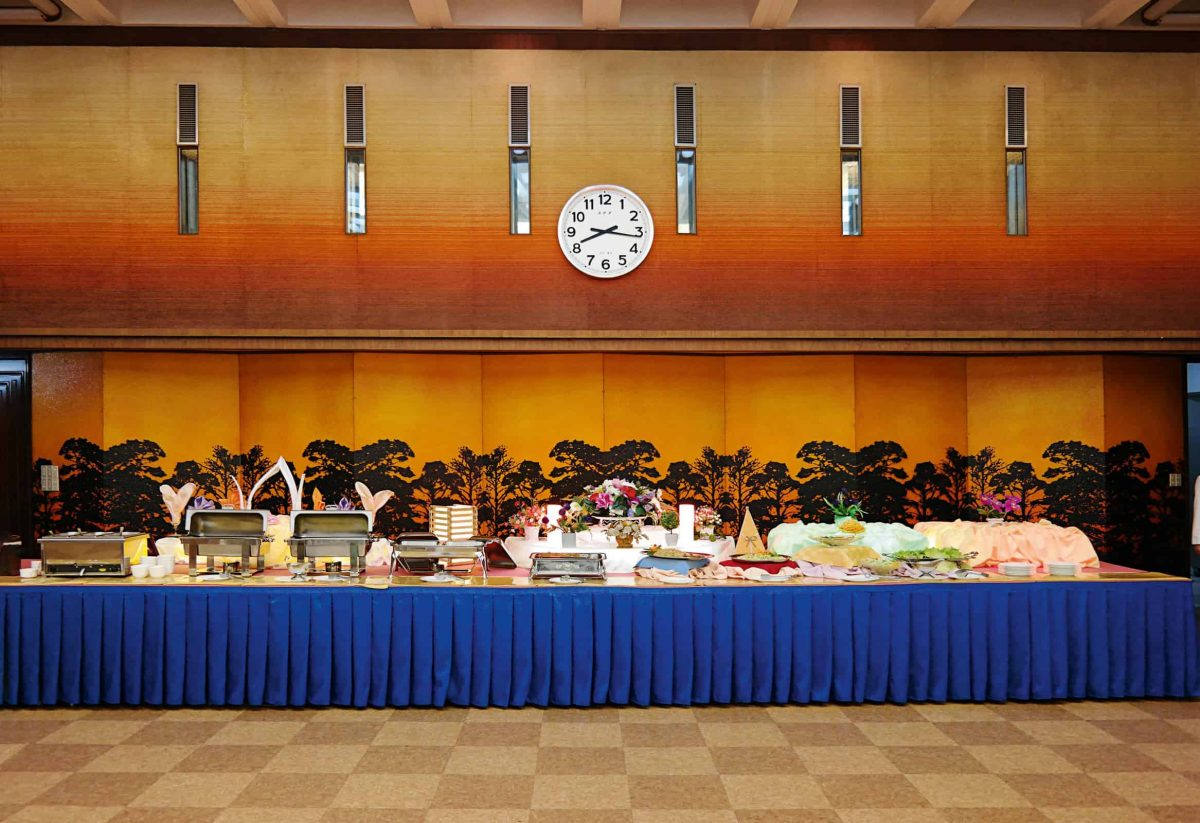
The breakfast room of the Koryo Hotel has the fantastic quality of a Wes Anderson movie collection, using a complementary color palette of orange and blue providing a background for vases of plastic flowers and plates of kimchi and boiled eggs.
Built in 1985, the Koryo Hotel is the premium resort for foreign visitors, standing as a set of 45-story towers connected by a bridge and crowned with a revolving restaurant. Having a total of 500 rooms, the hotel also has a bookshop, movie room, banquet, and conference rooms, as well as a casino along with”wading pool” in the basement.
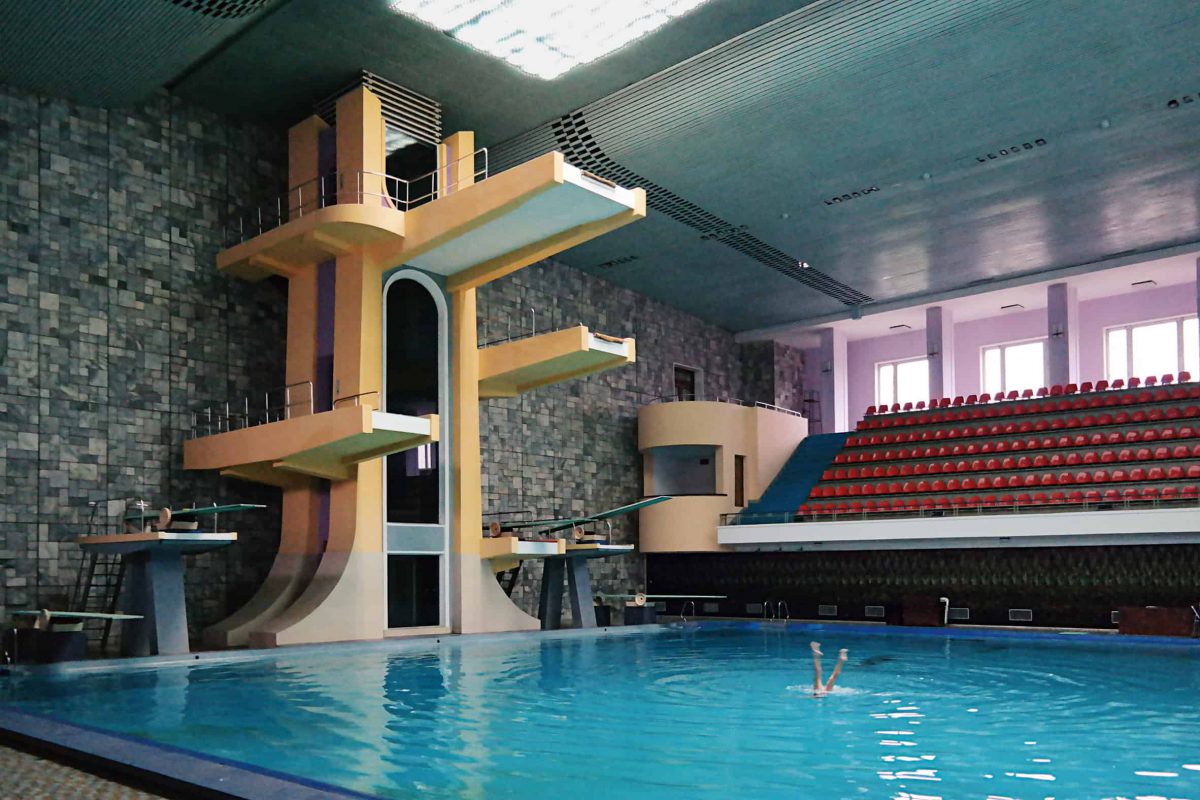
A mechanical lift shuttles swimmers up to the diving boards behind a smoked glass screen in the Changgwang Health and Recreation Complex, a vast leisure center built in Pyongyang in 1980.
Covering an area of nearly 40,000 square yards, together with the capacity for 16,000 people, it includes a sauna, bathhouse, swimming pools and hair salons — at which clients can choose from a range of officially sanctioned haircuts. Care was lavished on details, in the decorative terrazzo flooring in the entrance, to colored cast glass panels and mosaic floors.
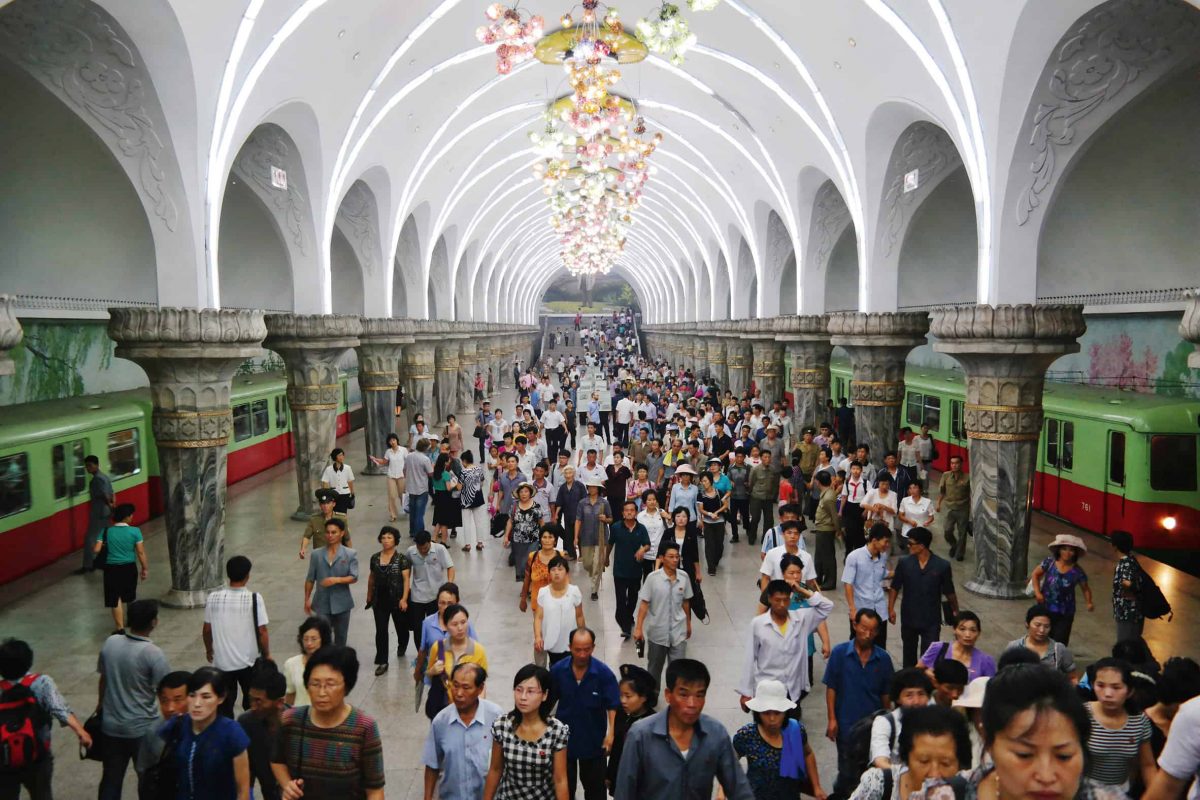
Claimed to be the deepest metro subway system on the planet, in 110 meters below ground, the Pyongyang metro shares the same palatial scale and luxury decoration as the Moscow metro, with platforms adorned with marble columns and crystal chandeliers.
The stations’ great depth also means that they can double up as bomb-shelters, a secondary function revealed from the thick steel blast-doors. There are two lines — the Chollima and Hyoksin — together with eight stations each, with titles like Comrade, Triumph, Victory, and Reunification.
Gilded statues of Kim Il Sung greet commuters, together with exquisitely detailed socialist-realist mosaic murals and sculpted reliefs depicting scenes that are patriotic.

Built-in 1982 to celebrate the 70th birthday of Kim Il Sung, the Arch of Triumph is clad with 25,550 slabs of rock, marking the number of times of the leader’s life at that point.
Modelled on the Arc de Triomphe at Paris — except 10 metres taller than its namesake, with the addition of a triple-decker pile of oversize rooftops — it was built on the site where Kim Il Sung entered town in 1945 to be greeted by cheering Koreans, signaling the end of the Japanese occupation and the beginning of socialism.
H/T dezeen.com





